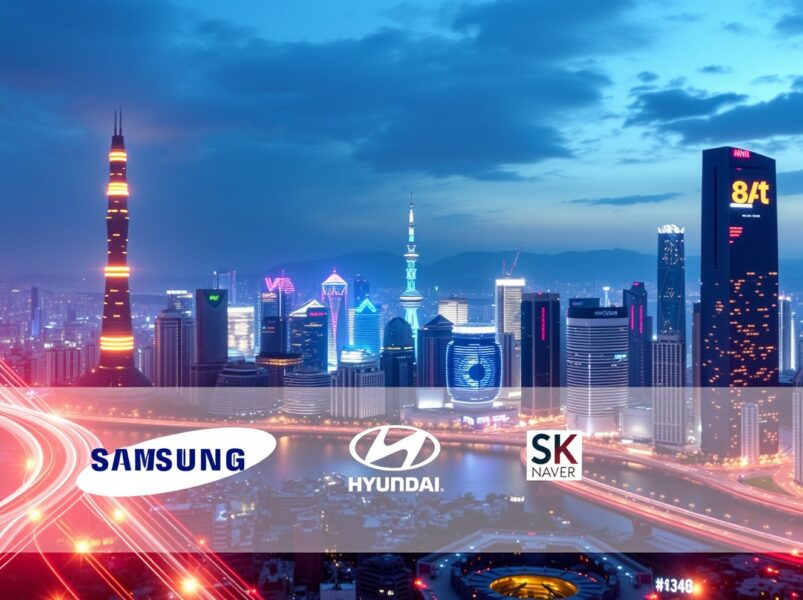Stablecoins Are Quietly Funding the U.S. Government — and Bitcoin
- The narrative that crypto and traditional finance are completely separate is fading, with stablecoins helping fund Treasuries and channel capital into Bitcoin.
- Stablecoin flows now noticeably influence short-term U.S. Treasury yields, with inflows lowering and outflows raising rates.
In recent years, the rise of dollar-pegged stablecoins has quietly created a bridge between cryptocurrency and traditional government finance. On one side, stablecoin issuers are increasingly holding large amounts of short-term U.S. government debt, in effect acting as buyers of Treasury bills and helping fund government borrowing.
On the other hand, these same stablecoins play a role in the broader crypto ecosystem, including as a gateway into Bitcoin (BTC), thereby linking U.S. debt markets and crypto markets in novel and under-appreciated ways.
In a recent post, Paolo Ardoino, CEO of Tether, revealed just how the company’s exposure to U.S. government debt has become. “With $135 billion of U.S. Treasuries, Tether is now the 17th largest holder of U.S. debt, passing also South Korea. Soon, Brazil!” While Tether and other stablecoin issuers have been quietly amassing U.S. Treasuries, many central banks have been doing the opposite.
According to the Bank for International Settlements (BIS), inflows into stablecoins can reduce three-month Treasury bill yields by 2 to 2.5 basis points within ten days, while outflows can lift yields by 6 to 8 basis points over the same period. In other words, money flowing in and out of the crypto market is now capable of nudging short-term interest rates.
After the U.S. raised its debt ceiling in 2025, stablecoins helped absorb an expanded weekly T-bill issuance of roughly $100 billion.
In response, Simon Dixon, a market analyst and early Bitcoin investor, offered a provocative take:
Governments and central banks are reducing their holdings of U.S. Treasuries, and private crypto-backed institutions like Tether are stepping in to fill the demand. In doing so, they indirectly fund the U.S. government while also recycling those yields back into crypto assets, Bitcoin.
Global Stablecoin Adoption
Earlier this year, the United States introduced the GENIUS Act, a piece of legislation that regulates stablecoin issuers operating within the country. This comes as the stablecoin market continues to grow, with projections suggesting it could reach $2 trillion by 2028, up from $307 billion today.
The space is currently dominated by Tether and USD Coin (USDC), which together make up more than 80% of the market, with market capitalizations of $183 billion and $76.4 billion, respectively.
Meanwhile, a Reuters report revealed that Japan’s first yen-backed stablecoin, JPYC, officially launched on October 27. Fully convertible into yen, JPYC will be backed by domestic savings and Japanese government bonds, ensuring a strong link between traditional finance and blockchain-based payments.
To further this shift, Japan’s “Big Three” banks, Mitsubishi UFJ, Sumitomo Mitsui, and Mizuho, plan to roll out a joint yen-stablecoin system, which could connect more than 600,000 NetStars payment terminals nationwide.
As CNF covered on October 11, ten global banks, including Bank of America, Deutsche Bank, Goldman Sachs, and UBS, along with Citi, MUFG, Barclays, TD Bank, Santander, and BNP Paribas, are collaborating on a multi-currency stablecoin backed by G7 currencies. They plan to create a secure, interoperable digital payment network that bridges traditional banking with blockchain technology.
]]>You May Also Like

Nvidia AI Ignites Revolutionary Partnerships in South Korea’s Tech Future

Tether's net profit exceeded $10 billion in the first three quarters, and the circulating supply of USDT reached $174 billion.
